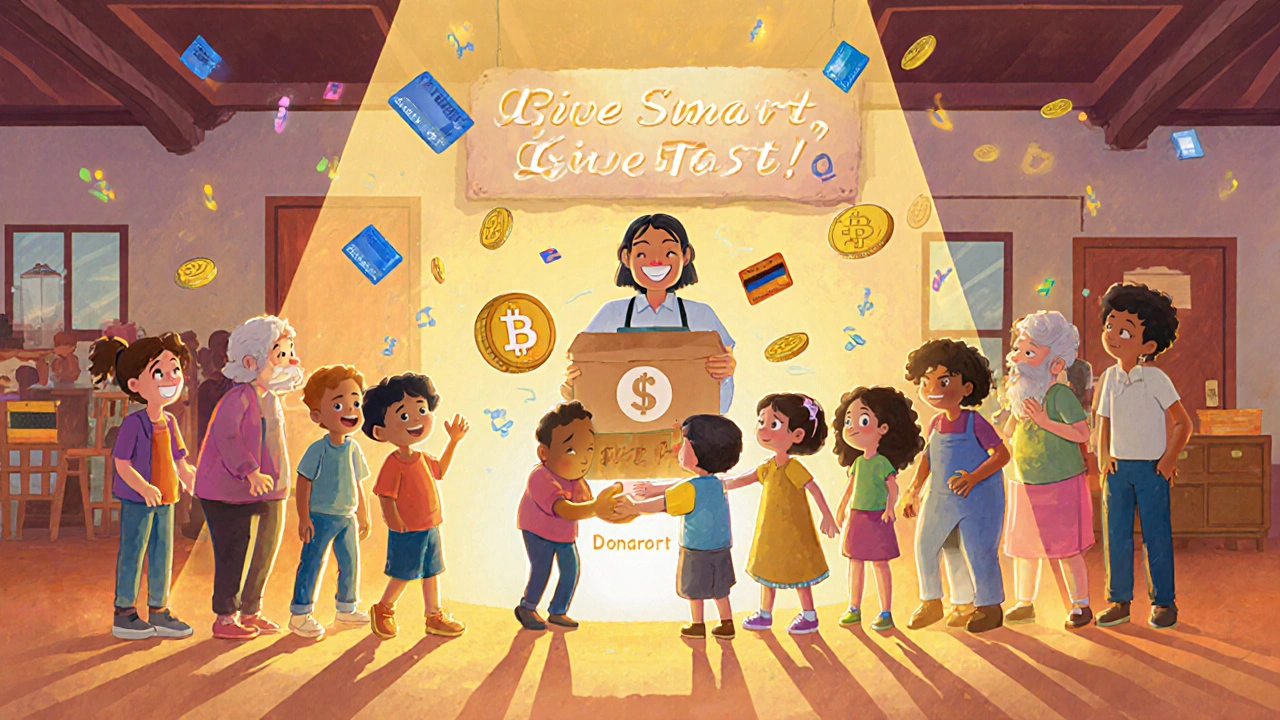NGO Fintech Partnerships: How Nonprofits and Tech Teams Drive Financial Inclusion
When NGO fintech partnerships, collaborations between nonprofit organizations and financial technology companies aimed at expanding access to financial services for underserved populations. Also known as social impact fintech, it enables charities to move money faster, reduce fraud, and track aid in real time. These aren’t just feel-good projects—they’re practical systems that replace cash handouts with digital wallets, automate donor disbursements, and give rural communities access to banking without a branch.
Behind every successful NGO fintech partnership are three key players: the nonprofit with on-the-ground reach, the fintech firm with scalable tech, and the regulator who makes it legal. Think of a group in Kenya using mobile money to pay smallholder farmers after harvest—no cash, no delays, no middlemen. That’s digital banking for nonprofits, the use of mobile payment platforms and digital ledgers by charities to distribute funds securely and transparently. Or a refugee aid org in Jordan using blockchain to verify identity and distribute food vouchers without paperwork. That’s fintech for social impact, technology designed specifically to solve social problems like poverty, access to credit, or disaster response. These aren’t theoretical. They’re live, tested, and saving time and money every day.
What makes these partnerships work isn’t fancy AI or hype—it’s simplicity. A mobile app that works on a $50 phone. A system that doesn’t need internet every hour. Payments that arrive in minutes, not weeks. You’ll find examples in the posts below: how mobile finance NGOs, nonprofits that rely on SMS, USSD, or app-based financial tools to serve populations without traditional bank accounts cut administrative costs by 60%, how RegTech costs, the expenses tied to automated compliance systems that help NGOs meet anti-money laundering and donor reporting rules are falling thanks to smarter tools, and how screen scraping sunset, the shift away from insecure login-sharing methods toward secure APIs for financial data is making donor tracking safer. These aren’t side notes—they’re the backbone of modern aid.
You won’t find vague promises here. Just real cases: a nonprofit in India using embedded insurance to protect farmers against crop failure, a charity in Brazil automating payroll for community health workers with floating-rate notes to hedge against inflation, and how BNPL impact on credit scores, the growing link between buy-now-pay-later usage and personal credit reporting is being used to help low-income users build financial history. These are the tools changing how aid works—not by replacing compassion, but by making it faster, fairer, and more measurable.



